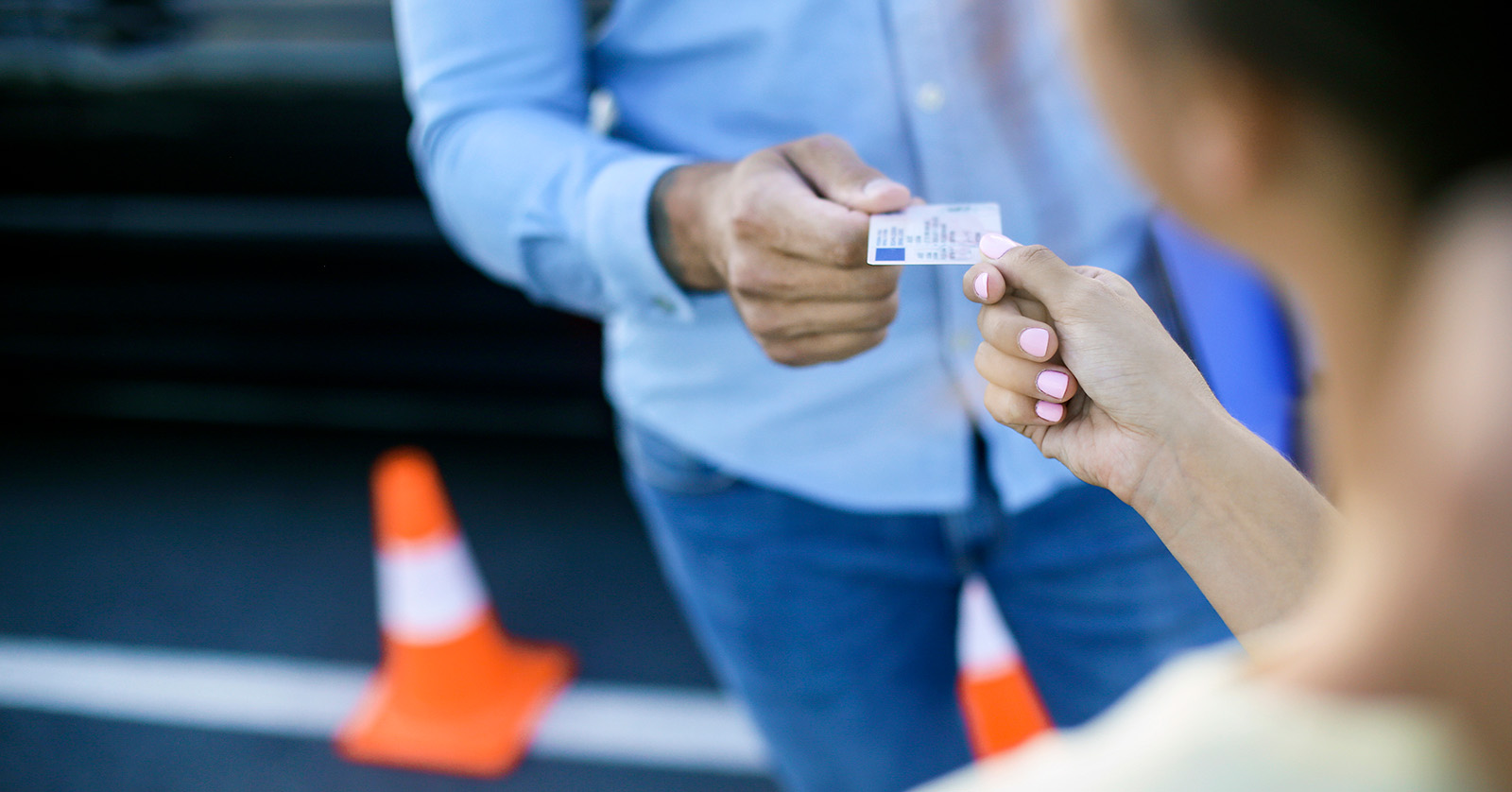
Youth with mood disorders, such as depression and bipolar disorder, were 30% less likely to obtain a driver’s license than other youth, suggests a study funded by the National Institutes of Health (NIH). Moreover, youth with mood disorders who obtained licenses had a higher risk of crashing than other youth. The authors concluded that research is needed to develop interventions to help youth with mood disorders overcome barriers to obtaining a license and to help them become safe drivers.
The study was conducted by Christopher E. Gaw, M.D., of Nationwide Children’s Hospital in Columbus, and Allison E. Curry, Ph.D., of Children’s Hospital of Philadelphia, and colleagues. It appears in JAMA Network Open. Funding was provided by NIH’s Eunice Kennedy Shriver National Institute of Child Health and Human Development.
Background
A mood disorder is a category of mental illness that persistently affects a person’s emotional state. Mood disorders include depression and bipolar disorder. Mood disorders can begin at around the time when most adolescents consider getting a driver’s license. Driving requires abilities such as executive function and attention, and these abilities are often impaired in people with mood disorders. Studies in adult drivers have reported links between mood disorders and traffic violations , loss of driver’s license, and motor vehicle crashes
. The authors noted that obtaining a driver’s license is an important milestone for many adolescents, reducing isolation and fostering independent mobility. However, few studies have been conducted on how mood disorders may affect adolescents’ ability to obtain a driver’s license and their potential influence on crash risk.
Results
Researchers analyzed health records of more than 86,000 youth enrolled in the Children’s Hospital of Philadelphia pediatric health care network. They identified 1,879 youth diagnosed with a mood disorder and more than 84,000 youth without a mood disorder diagnosis who were eligible to acquire a driver’s license from 2004 to 2017. They reviewed the New Jersey Motor Vehicle Commission Licensing Database and New Jersey Department of Transportation Crash Database to see if the youth had obtained a drivers’ license and whether they had any police-reported crashes or driving violations.
Four years after they were eligible for a driver’s license, 75.5% of youth with a mood disorder had obtained a license, versus 83.8% of youth not diagnosed with a mood disorder. Young people with mood disorders were 30% less likely to acquire a license than those without a mood disorder diagnosis. Within the first four years of obtaining a driver’s license, youth with mood disorders were 19% more likely to have had a crash and 25% more likely to have had a moving violation.
Significance
"Our results indicate that newly licensed youths with mood disorders have a greater risk of crashing than other young drivers," Dr. Curry said. "Our findings point to the need to develop evidence-based training and education for adolescents and young adults with mood disorders who want to drive."
Reference
Gaw, CE, et al. Driver’s Licensure and Driving Outcomes Among Youths With Mood Disorders. JAMA Network Open. 2024. doi:10.1001/jamanetworkopen.2024.5543

 BACK TO TOP
BACK TO TOP